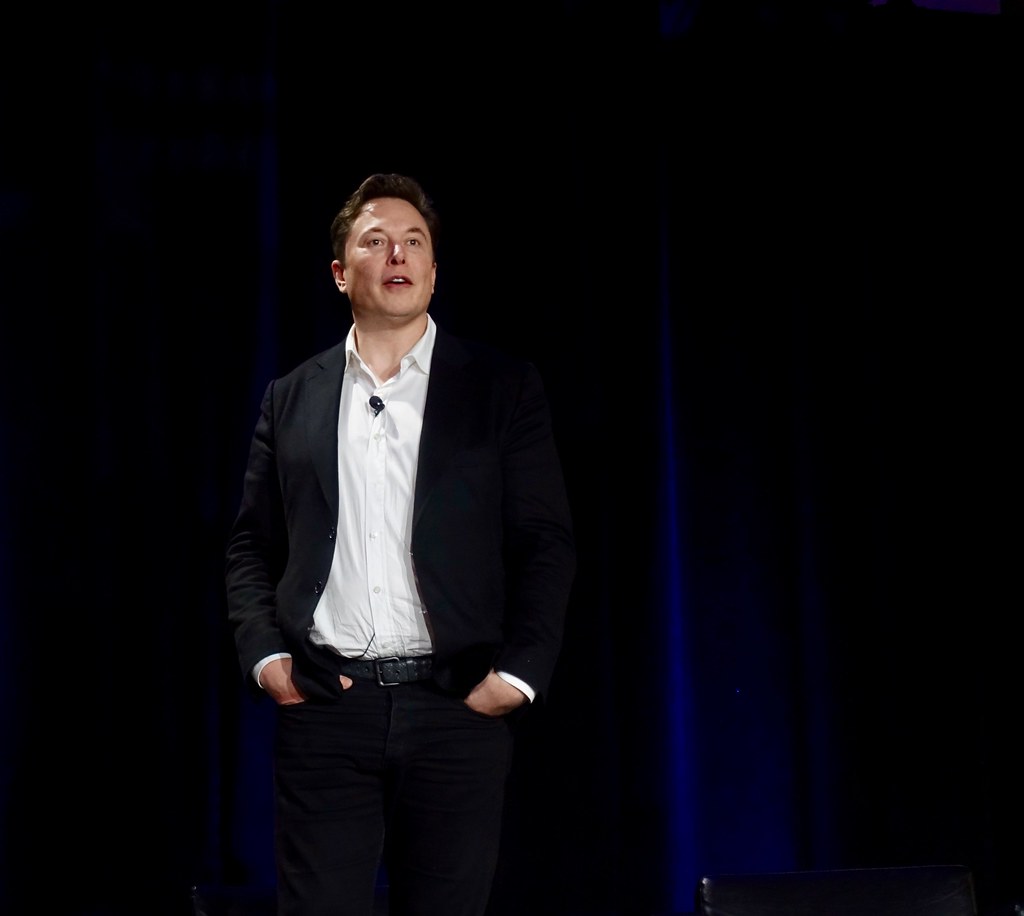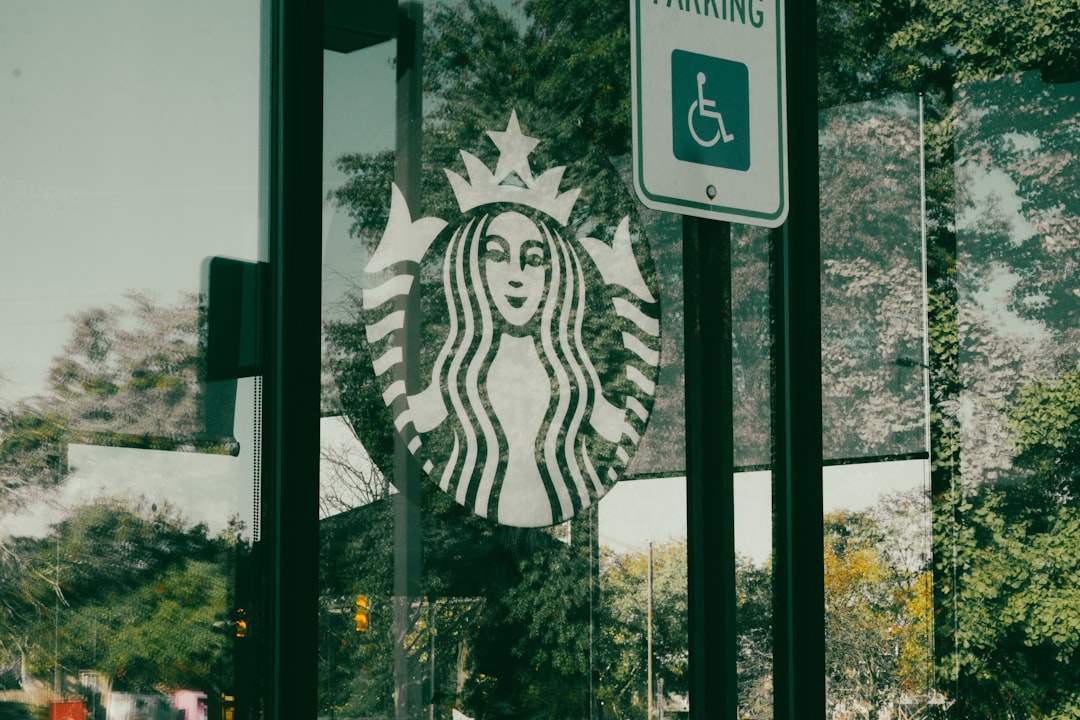Grapes: Nature’s Sugar Bombs

Let’s start with the sweetest offender – grapes. If you are overweight or insulin-resistant, it’s recommended that you initially limit consumption of high-sugar fruits, like grapes. These tiny orbs pack a serious fructose punch that might surprise you. There are about 3 teaspoons of sugar in each banana and orange, a couple in apples, peaches and nectarines, about 1 per strawberry or grape. But here’s the thing – who stops at just one grape? That handful you grab while cooking dinner could easily add up to several teaspoons of sugar without you even realizing it.
Dates: The Dessert Disguise

Dried fruits are naturally rich in fructose, and dates are among the worst culprits. These sticky-sweet treats are often marketed as healthy snacks, but they’re basically nature’s candy bars. Dried fruits more closely resemble commercial candy than fresh, whole fruit. For example, Zante currents have 70 grams of sugar, while Milk Duds contain only 50 grams! When you’re trying to cut sugar, dates should be the first thing to go. Their concentrated sweetness comes from removing water and concentrating all those natural sugars into a tiny package.
Mangoes: Tropical Trouble

That Instagram-worthy mango bowl might look healthy, but it’s hiding some serious fructose content. Mango has a higher fructose content of 4.68g than pineapple’s 2.12g per 100 grams. The USDA reports that mangoes contain 4.68g of fructose per 100g of fruit, making them one of the higher-fructose fresh fruits. A typical mango weighs around 200-300 grams, so you’re looking at nearly 10-14 grams of fructose in just one fruit. That’s already approaching the daily limit that some experts recommend.
Figs: Fresh or Dried Fructose Bombs

Fruits particularly high in excess fructose include figs, and this applies to both fresh and dried varieties. Fruits with the highest sugar content include figs, and they are plentiful in phenolic compounds and carotenoids. Fresh figs might seem innocent enough, but they’re deceptively sweet. Dried figs are even worse – they’re basically concentrated sugar pellets that people mistakenly think are healthy because they’re “natural.” The drying process removes water but leaves all that fructose behind in a much smaller, more concentrated package.
Cherries: Summer’s Sweet Trap

Those beautiful, ruby-red cherries at the farmer’s market are another high-fructose fruit you might want to skip. If you are overweight or insulin-resistant, it’s recommended that you initially limit consumption of high-sugar fruits, like sweet cherries. Fruits particularly high in excess fructose include cherries, and many fruits contain both fructose and sorbitol, for example, cherries. This double whammy of fructose and sorbitol can be particularly problematic for people trying to manage their sugar intake. A cup of cherries can pack more sugar than you’d expect, and they’re so easy to mindlessly pop in your mouth.
Pears: The Fiber Myth

Sure, pears have fiber, but they’re also loaded with fructose. A medium pear contains 17.4 grams of sugar, and the sugar story with pears is similar to apples regarding fructose and fiber. Fruits particularly high in excess fructose include pears. People often think the fiber cancels out the sugar, but that’s not how it works. While fiber can slow sugar absorption, it doesn’t eliminate the metabolic impact of all that fructose. Those benefits come with eating a whole fruit, but canned pears packed in sugary syrup can negate some positives and drive up sugar content.
Apples: Not So Innocent After All

An apple a day might keep the doctor away, but it won’t keep the fructose away. One large apple contains 25.1 grams of sugar, and most of the sugar in apples is fructose. Fruits particularly high in excess fructose include apples, and many fruits contain both fructose and sorbitol, for example, apples. That’s equivalent to eating a Hershey’s chocolate bar in terms of sugar content. If you want to limit your potential sugar intake from apples, pay attention to colors – research shows that green apples typically have less sugar than red-colored varieties. But even green apples are still high-fructose fruits.
Watermelon: Refreshing but Risky

That juicy summer watermelon might seem like mostly water, but don’t be fooled. Watermelon (1 piece, approximately 1/16 watermelon) contains 11.3 grams of fructose. Fruits particularly high in excess fructose include watermelon. While it’s true that watermelon is mostly water, the fructose content is still significant, especially when you consider how easy it is to eat large portions. A typical serving at a barbecue or picnic is often much larger than that 1/16th portion, meaning you could be consuming 20+ grams of fructose without thinking twice.
Pineapple: Tropical Deception

Pineapple might be lower in fructose than some other fruits, but it’s still worth watching. One cup of pineapple chunks contains 16.3 grams of sugar, and pineapple’s sticky sweetness owes itself to high sugar levels. Pineapple (1 slice, approximately 9cm by 2cm) contains 4 grams of fructose. The problem is portion control – pineapple is so delicious that it’s easy to eat multiple servings. Those levels only go up if the fruit is juiced, dried or served in a sugary syrup. Moderation is key if you’re trying to get the benefits without a sugar rush.
Bananas: The Breakfast Mistake

That banana in your morning smoothie might be sabotaging your sugar goals. One banana contains 15.4 grams of sugar, and bananas may not seem like the sweetest treats, but there’s a decent amount of sugar hidden beneath that peel. The sugar content increases as bananas ripen and go from green to yellow. Those brown spots on your banana? They’re visual indicators of converted starch becoming sugar. If you are overweight or insulin-resistant, it’s recommended that you initially limit consumption of high-sugar fruits, like bananas.
Understanding fructose content becomes crucial when you’re serious about reducing sugar intake. According to research, between 25 and 40 grams of fructose is a safe daily intake – that could include an apple, a pear and a cup of cherries. Potential health effects of added fructose include obesity, increased LDL cholesterol, gout, and non-alcoholic fatty liver disease. Studies have found a direct link between obesity and excessive fructose consumption due to the promotion of visceral fat, and non-alcoholic fatty liver disease affects a whopping 25% of the population. The liver processes fructose differently than other sugars, and when overwhelmed, it converts excess fructose directly into fat storage around your organs.






